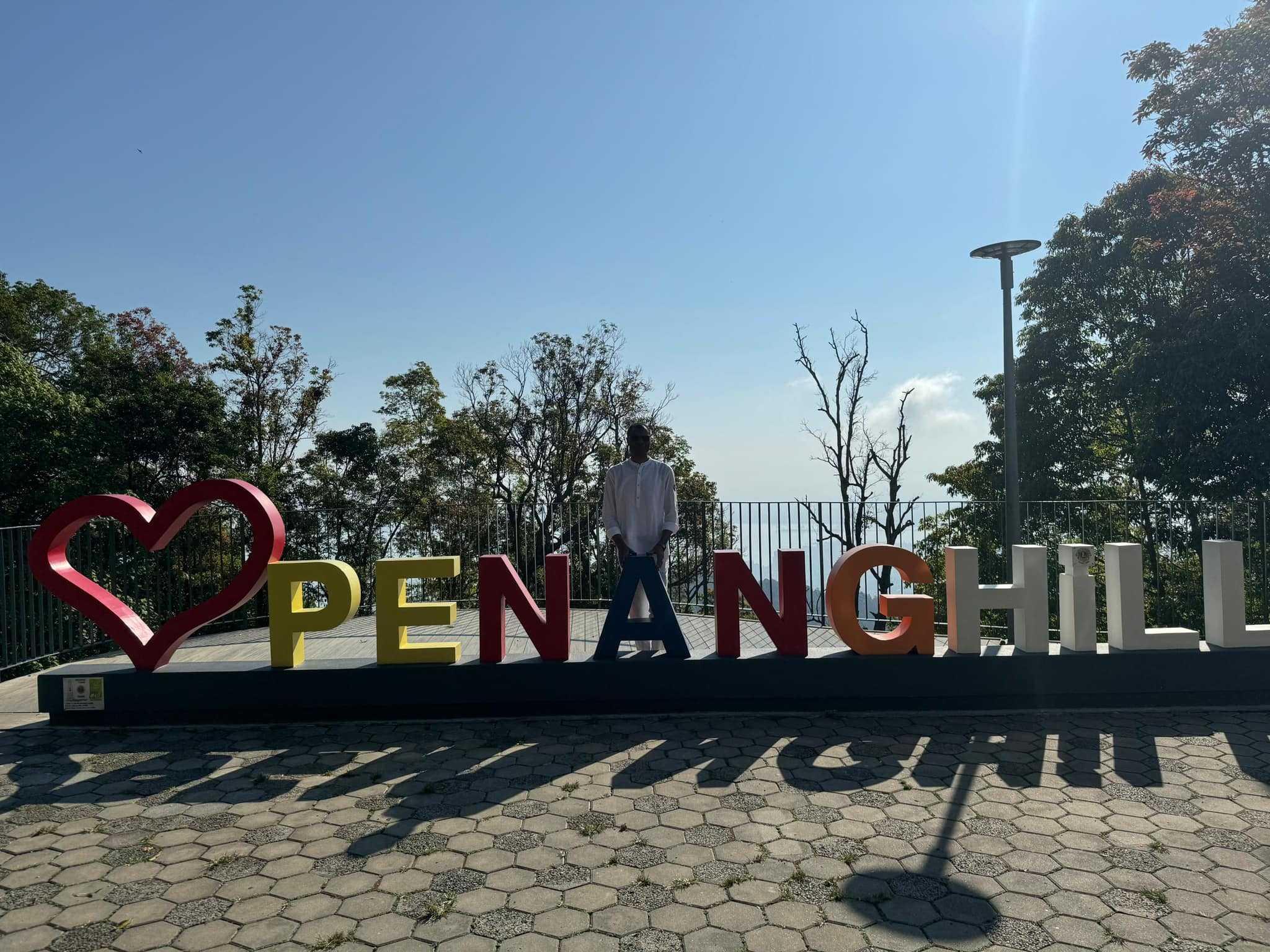Is Malaysia on track for a circular economy for plastic?
A circular economy envisions the responsible management, recovery and reuse of resources to their full potential.
Just In
Plastic, dubbed a miracle invention due to its durability and versatility, has made our lives substantially easier. However, 60 years after its invention, managing plastic waste has become one of the planet’s biggest problems.
The statistics are alarming, with mass production and consumption of plastic on the rise since 19501. According to a report published by WWF-Malaysia, post-consumer plastic waste generation in Malaysia is estimated to be more than one million tonnes (1,070,064 tonnes, to be precise). Plastics can in fact be reused and recycled into usable products. However, 81% of the material value of plastics is lost due to the failure to recover the material.
This results in US$1.1 billion of potential material value lost to Malaysia’s economy, as reported in a study by the World Bank. Just like any other packaging materials, plastic requires proper segregation, collection, material recovery, treatment and final disposals. Currently, the largest segment of demand growth for plastic production is predominantly single-use plastic. Encouragingly, there have been global movements to advocate for a transition from a linear plastic system to a circular one.
A circular economy for plastic builds on three key principles: the elimination of waste and pollution, the circulation of materials at the highest value for as long as possible, and the regeneration of resources. A circular economy envisions resources to be responsibly managed, recovered and reused to their fullest potential. It provides us the opportunity to prosper through greater resiliency, while significantly reducing greenhouse gas emissions, waste, and pollution.
In 2021, the environment and water ministry launched the Malaysia Plastics Sustainability Roadmap, 2021-2030 which governs plastic production, consumption, recycling and waste management in a holistic manner. This roadmap demonstrates the initiative of the ministry to shift the plastic economy to a circular one, and offer new ways to mitigate emerging risks to allow the plastics industry to innovate.
The roadmap sets six time-bound national targets. A list of problematic and unnecessary single-use plastics will be identified, followed by phasing them out by 2030 through redesign, innovation, and reuse models. The ministry aims to achieve a plastic recycling rate of an average 25% for post-consumer plastic packaging by 2025, 100% recyclability of plastic packaging and 15% of average recycled content by 2030 for plastic products and packaging. In addition, the roadmap targets 76% of plastic waste to be collected for recycling purposes by 2030.
In order to achieve the national targets, several strategies were crafted from public consultations. At the downstream level, there is a need to improve collection and sorting facilities. Currently, there is a limitation of recycling capacity as not all plastic materials can be recycled, nor economical to be recycled due to contamination, and difficulties to disassemble with combinations of different materials and additives.
The roadmap sets out a way forward to build capacity and adopt new technologies for reprocessing to achieve higher recovery rates, and manufacturing of recycled products to establish a closed loop supply chain. It also calls for financial institutions to integrate the circularity business models in their investment and financing policies, product development and client engagements.
The plastics problem is so large that simply expanding waste collection, landfill, incineration and recycling is insufficient. The most significant step would be to combine these measures with a reduction of plastic in the system, rethink packaging and product designs and business models, such as scaling up of reuse and refillable models.
Finally, they have to be supported by standards, policies and regulations, to enable the circular economy to thrive.
The extended producer responsibility (EPR) system is a critical policy approach to accelerate the transition to sustainable waste management and a circular model for plastic. The environment and water ministry is developing a governance framework and laying out an implementation plan and various EPR capacity building programmes to uplift industry readiness for the adoption of a voluntary EPR system from 2023, before imposing a nationwide mandatory EPR system by 2026.
Under the EPR system, the responsibility of the producer goes beyond waste treatment and recycling. It addresses at least four key issues that include waste avoidance, prevention and minimisation of material use; waste collection and sorting; material recovery, recycling and reuse; and proper treatment and disposal of wastes with minimal environmental and social impact.
For Malaysia to embark on the transition and to achieve the time-bound goals in the roadmap, we need businesses and consumers to start acknowledging the problem and take accountability to mitigate the risk of being hit by the plastic and packaging pollution crisis. It is crucial to keep track of the national progress and to identify effective measures to close the gaps.
In line with this, a multi-stakeholder, national level think tank and working groups have been established by the ministry, represented by government agencies, industry and industry associations, SMEs, academic institutions and civil societies. More participation from the private sector is needed to champion this initiative to collectively work together and find solutions to end plastic pollution.
The views expressed in this article are those of the author(s) and do not necessarily reflect the position of MalaysiaNow.
Subscribe to our newsletter
To be updated with all the latest news and analyses daily.


